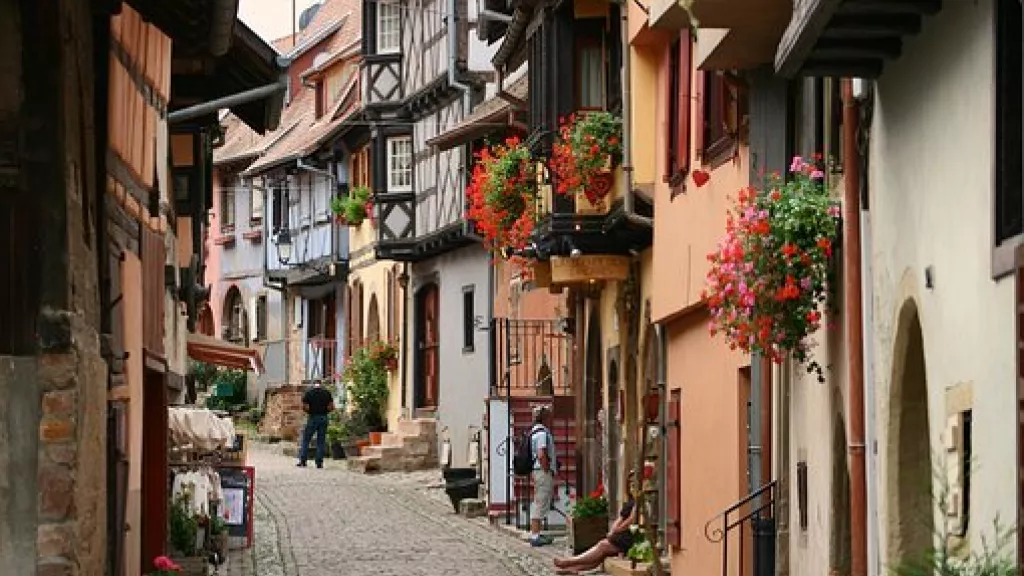Living the European idea.
The blessing of open borders brings Alsace ever closer to the Palatinate. So when you visit the little town of Weissenburg or Fleckenstein Castle, you no longer feel like you're abroad, but rather like you're at home - just with a bit of French savoir-vivre, aperitifs and tarte flambée.
Alsace also preserves a rich cultural heritage dating back more than 2,000 years. Impressive buildings from the Romantic, Gothic and Renaissance periods, Classicist, Baroque and Wilhelmine architecture as well as modern buildings are vivid testimonies of the different eras.
Via the - toll-free - French highway A35 you can also reach Strasbourg, the capital of the Alsace, very quickly. The architecturally impressive European Parliament with its huge glass front and elliptical shape can be seen from afar.
In the southern part of the old town of Strasbourg on the Place de la Cathédrale is the cathedral made of red Vosges sandstone. It is one of the most important cathedrals in the history of European architecture as well as one of the largest sandstone buildings in the world. Like the city of Strasbourg in general, the Cathedral of Our Lady combines German and French cultural influences.
Strasbourg's most picturesque neighborhood is La Petite France, the former quarter of tanners, millers and fishermen. Walking through the narrow, winding streets between the historic half-timbered houses, you will be transported back to the spirit of the former Free Imperial City.
